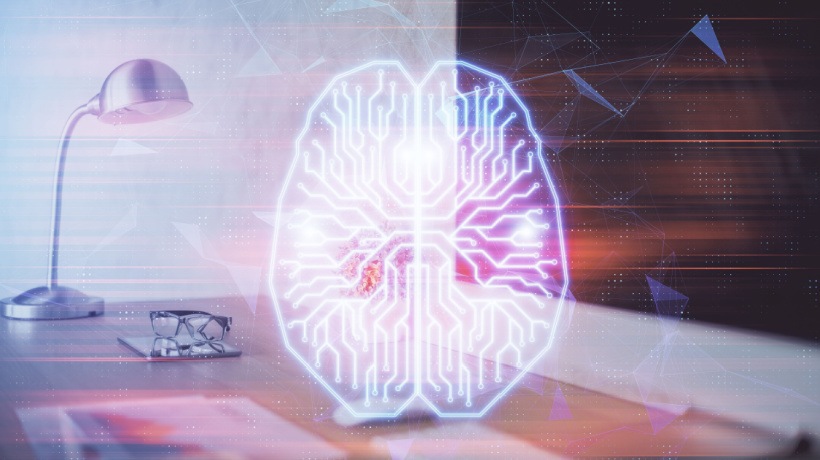eLearning Best Practices Can Be Implemented Better
The narrative of office culture has undergone a tectonic shift in the post-pandemic era, one that has been accompanied by a significant transformation from the conventional office grind to the era of remote and flexible work. Such a shift has only magnified the importance of upskilling and reskilling, addressing the need for employees to consistently adapt. But there’s a part of this learning puzzle that’s often overlooked—how can we change the way employees learn while doing their jobs?
Corporate training is no longer restricted to providing learning opportunities, it’s about smoothly integrating learning into the rhythm of work, letting people pick up new skills as they go about their daily tasks. This is what the concept of “learning in the flow of work” essentially entails. This is an idea that steers away from the traditional set-aside-time-for-learning approach. For it to work seamlessly, the learning bits should be easy to reach, directly applicable, interesting, and right there when you need them. This is where Artificial Intelligence (AI) can turn into your learning concierge.
By integrating AI tech with your existing Learning Management System (LMS) and specific content, organizations can provide personalized and contextual opportunities that give employees the space to develop any skill within their regular workflows. How?
How AI Can Help With Learning In The Flow Of Work
AI Can Identify Knowledge Gaps In Real Time
This is done by monitoring employee activities and interactions. As employees go about their routine work, AI systems can track what information they access, how they handle different tasks, and where they may struggle. AI can thus enable learning in the flow of work by:
- Tracking daily interactions
By understanding an employee’s role and typical responsibilities, AI can detect when certain important information may have been missed or a process could’ve been handled more efficiently. The LMS can then recommend relevant resources to fill those gaps.
- Pinpointing knowledge shortfalls
AI tools can examine all the information, skills, and experience required for an employee’s position and compare it to what the individual has demonstrated in practice. Any shortcomings become apparent, allowing AI to suggest targeted learning content to strengthen those areas. For example, if a manager rarely approves employee time-off requests according to company policy, AI may detect their lack of familiarity with the guidelines and recommend a quick video overview for better clarity.
AI-Powered Microlearning For Bite-Sized Learning
Organizations can offer ultrashort learning bursts of three to five minutes. These microlessons are triggered when employees need them the most, so they can quickly apply new knowledge or skills. AI determines the optimal time to deliver a microlesson factoring in contextual clues, tasks, roles, and past interactions.
Say, if a software developer encounters a coding challenge, AI-powered chatbots or virtual coaches could recognize the specific hurdle and provide a brief tutorial on relevant programming concepts. Or, if a project manager is preparing for a big pitch, they could be suggested concise modules on great presentation techniques. The benefits of this approach are massive:
- Employees stay focused on work instead of switching between tasks. Studies show it can take over 20 minutes to refocus after an interruption.
- Short lessons are highly effective. We have an average attention span of just eight seconds, so bite-sized content is ideal.
- Knowledge and skills are applied immediately, boosting retention. We remember only 10% of what we read and 20% of what we hear, but nearly 90% of what we do.
Recommend Personalized Learning Content
Much like Google sieves through data when we type in a question, AI takes a similar approach. It looks through the internet, the company’s LMS, and other sources to automatically recommend the most pertinent learning materials tailored to individual preferences.
- Contextual guidance
AI can provide contextual nudges and prompts to guide employees to helpful resources right when they need them. For instance, if a customer service rep seems stuck helping a frustrated customer, AI-powered tools may prompt them with a suggestion to review helpful communication strategies or phrases to resolve the issue right then and there.
Breathe New Life Into Existing Company Content
Crafting content from scratch can be a real chore. The old-fashioned way involves a lot of manual work and repetition, eating up a ton of time. Adept at gathering data from diverse organizational systems, AI brings it all together into cohesive and meaningful information. Additionally, Natural Language Processing (NLP) steps in to make things even easier. It can convert content from various formats like presentation videos, podcasts, webinars, or lectures into text, requiring minimal effort.
The urgency of learning as we work is apparent and will be a lasting trend. With AI powering such embedded learning experiences, the potential for developing skills in the flow of work is huge. Now, the onus is on companies to tap into the potential of AI to make sure continuous learning brings out tangible advantages to the workspace. Rolling the dice on a skilled and adaptable workforce? Spoiler alert: it’s a sure win.

Dexler Education
Custom Content Development, Learning Strategy and SAP Standard Content training solutions to help with rapid learning, delivered with industry expertise spanning two decades.














